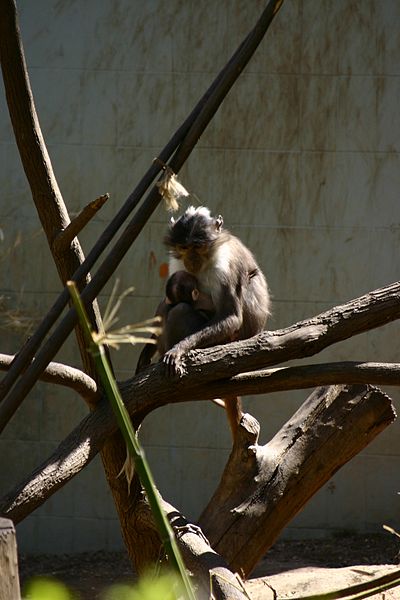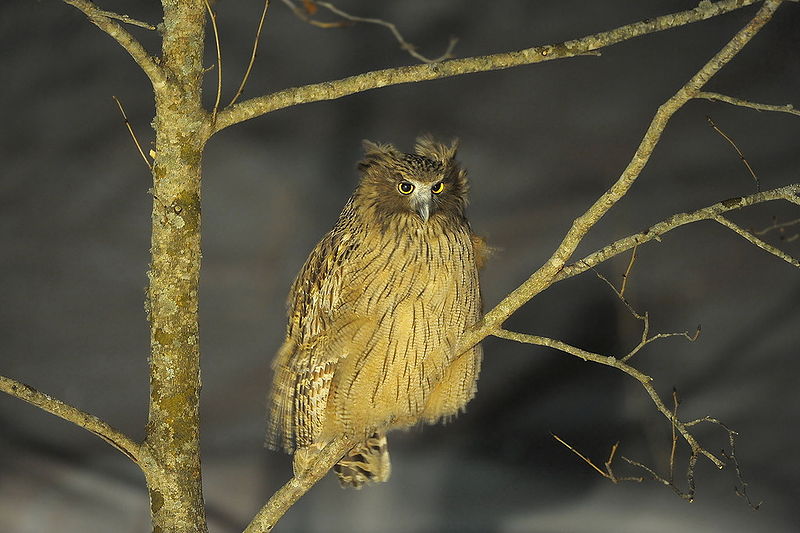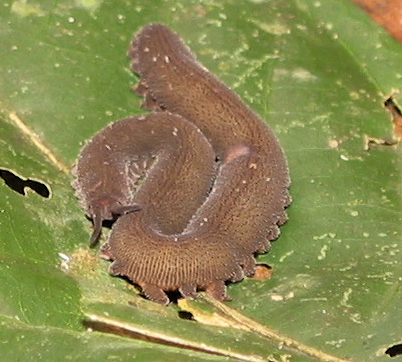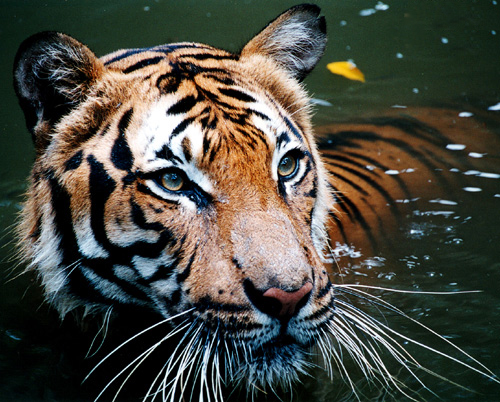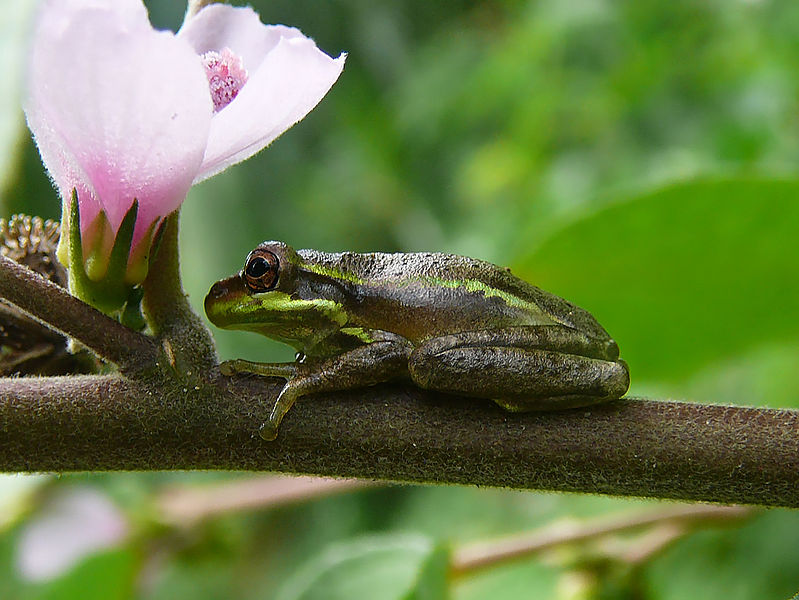
It can be a tough transition back into the city life, after spending an amazing long weekend lounging by a lake in Northern Ontario. To help with ease back into the day to day life, I thought we could learn about the incredible Squirrel Treefrog. Okay, so perhaps this species of animal doesn’t exist in Northern Ontario….but there are plenty of squirrels and tree frogs, so that is good enough for me. Today’s featured animal can only be found in Southeastern United States, from Texas to Virginia. So let’s all take a second to learn about the Squirrel Treefrog while continue to ease back into society.
Insects: The Perfect Snack
This particular tree frog is rather small with an average length around 3.8 cm (1.5 inches), so you will have to keep your eyes peeled as you walk through their forested home, usually found around water bodies. Besides being small, they make viewing difficult as they typically spend their days sleeping in a nice, cool, moist place such as under tree bark or in the hollows of trees. Once the night falls, the little Squirrel Treefrog comes alive and begins hunting for a tasty insect snack. If you are lucky, you may see one of these tree frogs hanging out near the light……since insects tend to be drawn to artificial light.
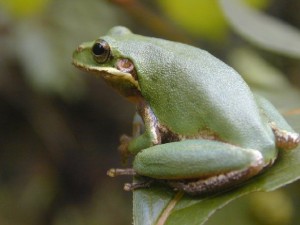
Playing in Puddles
If you don’t feel like venturing out at night to catch a glimpse of our featured frog species, then you just need to wait for the rain. Quite often, the Squirrel Treefrog will venture out from hiding during the day, if it is raining. In fact, this behaviour is responsible for their other name, the Rain Frog! While these frogs are typically bright green, they have been known to come in a variety of colours, including yellow and brown, so don’t just watch for the green coloured frogs.
Squirrel Treefrog Fast Fact
During summer storms, this tree frog will lay approximately 1000 eggs throughout their shallow pool. These eggs will ultimately turn into tadpoles and in roughly 45 days….voila….a shiny new Squirrel Treefrog. It appears that this strategy works as this tree frog is not considered to be at risk and as such there are no protection measures in place. It is nice to get good news about animal populations once in awhile, isn’t it?


